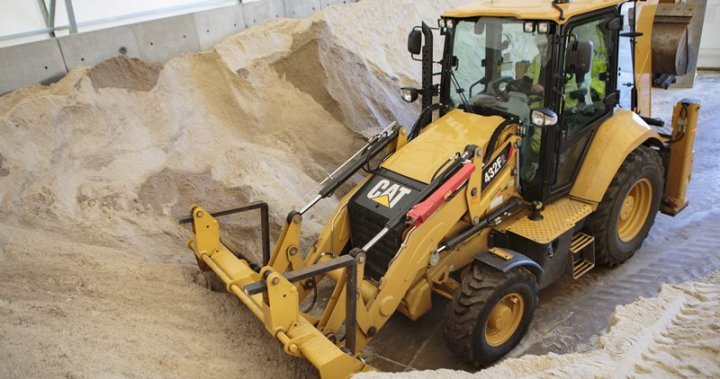Midtown Urbanist
Superstar
To close this argument out, here are the facts.? No you didn't. My first words were "Montreal less salt consumption? I'd be surprised ... What's the source for that?".
What's the source for that?
"Toronto, for example, uses 130,000 to 150,000 tonnes of salt annually while Montreal also uses around the 130,000 tonne mark. The City of Vancouver has already used more than 7,000 tonnes of salt this winter — seven times its usual winter amount."

Why do we still use road salt and what are the alternatives? | Globalnews.ca
Canadians turn to salt to prevent slipping or traffic collisions on icy surfaces, but there's a growing body of research that highlights the devastating impact road salt can have on our environment and infrastructure.
So it isn't as much of a difference as I had previously thought, but Toronto uses more salt than Montreal, despite Montreal being a smaller city and having significantly harsher winters.
At any rate, your other statements on the subject of road salt have raised the ire of some in this thread for good reason. My hope is that you have learned some new things about the impacts of road salt on the environment, economy, and infrastructure, as a result of this comment chain. I understand that there are practical reasons for salting the roads, but given the severity of the practice's impacts, it does become a question of trade-offs and underlines the urgency for an alternative solution (and a reduction of use in the interim).


